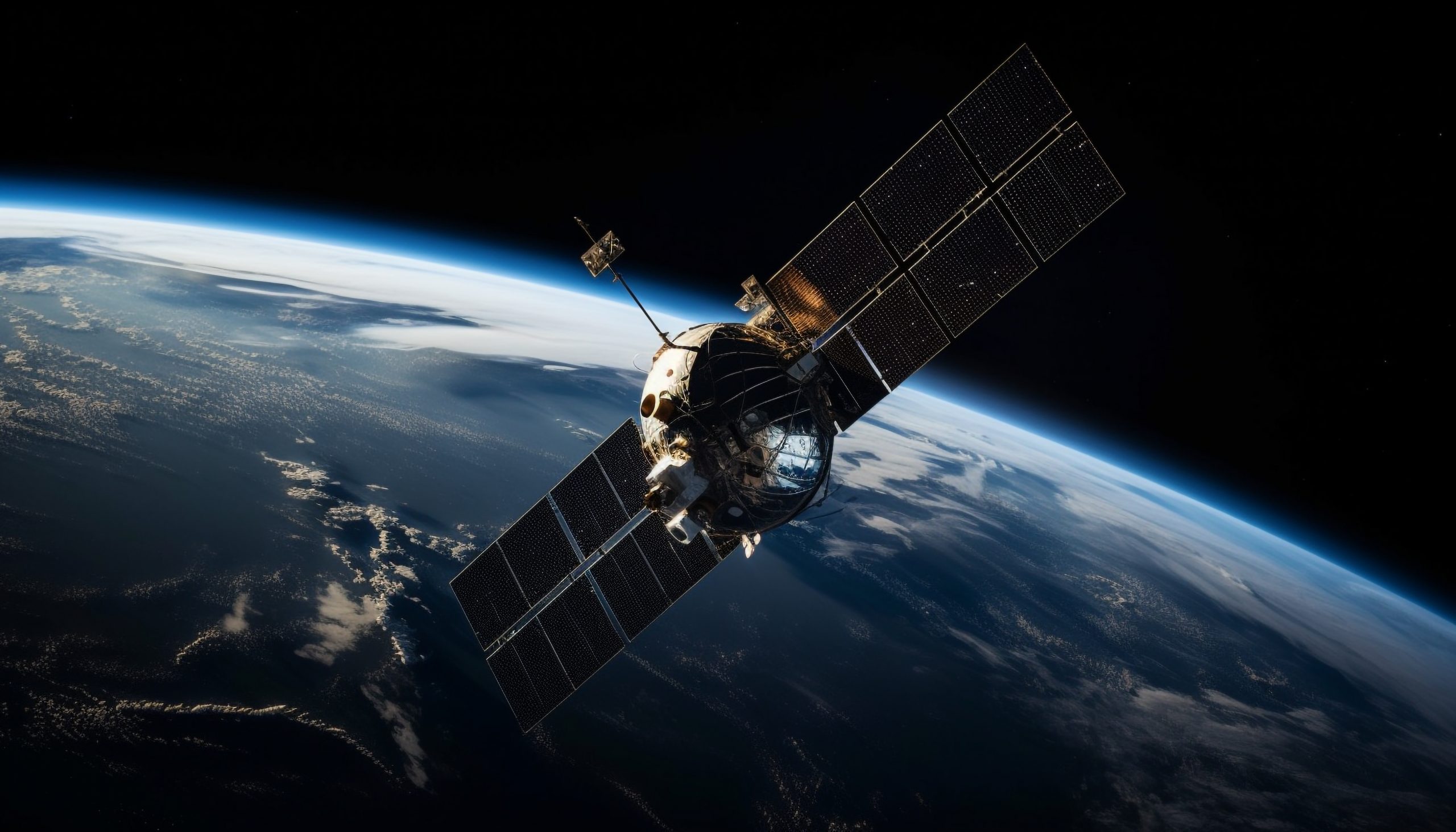

There is emerging evidence that astronauts are more vulnerable to infections when in space due to the altered gene expression of the white blood cells. Astronauts on the International Space Station (ISS), for example, frequently suffer from skin rashes as well as respiratory and non-respiratory disorders. Astronauts are also known to shed more live viral particles, including as the Epstein-Barr virus, varicella-zoster, which causes shingles, herpes-simplex-1, which causes blisters, and CMV. These findings show that space flight may impair our immune system. But what could be causing such a weakened immune system?
“Here we show that the expression of many genes related to immune functions rapidly decreases when astronauts reach space, while the opposite happens when they return to Earth after six months aboard the ISS,” said Dr. Odette Laneuville, an associate professor at the Department of Biology of the University of Ottawa, leading author of a new study in Frontiers in Immunology.
The researchers looked at gene expression in leukocytes (white blood cells) in a group of 14 astronauts, three women and 11 men, who spent between 4.5 and 6.5 months on board the ISS between 2015 and 2019. Leukocytes were isolated from 4 milliliters of blood collected from each astronaut at ten different times: once before flight, four times during flight, and five times after landing.
The journey there and back
In leukocytes, 15,410 genes were discovered to be differently expressed. The researchers discovered two clusters of genes, containing 247 and 29 genes, respectively, that changed their expression in tandem during the analyzed timeline.
Genes in the first cluster were turned down when they reached space and back up when they returned to Earth, whereas genes in the second did the opposite. Both clusters were largely made up of genes that code for proteins, but their primary function was connected to immunity in the first cluster and cellular structures and functions in the second.
These findings imply that when a person travels to space, alterations in gene expression induce a quick loss in immune system strength.
“A weaker immunity increases the risk of infectious diseases, limiting astronauts’ ability to perform their demanding missions in space. If an infection or an immune-related condition was to evolve to a severe state requiring medical care, astronauts while in space would have limited access to care, medication, or evacuation,” said Dr. Guy Trudel, a rehabilitation physician and researcher at The Ottawa Hospital and professor at the Department of Cellular and Molecular Medicine of the University of Ottawa.
Return to normal levels on Earth
This cloud, however, has a silver lining: The results showed that most genes in either cluster returned to their pre-flight levels of expression within a year of landing on Earth, and in most cases significantly sooner—on average, within a few weeks. These findings show that returning astronauts have an increased risk of infection for at least one month after returning to Earth.
The authors, on the other hand, do not yet know how long it will take for immunological resistance to return to pre-flight levels. The length of this phase is thought to be determined by age, gender, genetic variations, and childhood pathogen exposure.
The scientists postulated that the change in gene expression of leukocytes in microgravity is caused by “fluid shift,” a process in which blood plasma is moved from the lower to upper parts of the body, including the lymphatic system. Within the first several days in space, this produces a 10% to 15% drop in plasma volume. Large-scale physiological changes, including changed gene expression, are known to accompany fluid shift.
Immune deficiency prevention in space
“The next question is how to apply our findings to guide the design of countermeasures that will prevent immune suppression while in space in particular for long-duration flight,” said Laneuville.
“The health of astronauts while in space, especially during long missions, would benefit from detecting both immune dysfunction and sub-clinical inflammation. Early detection provides opportunities for intervention, with the aim to prevent a progression towards severe symptoms.”
more recommended stories
 Pelvic Floor Disorders: Treatable Yet Often Ignored
Pelvic Floor Disorders: Treatable Yet Often IgnoredKey Takeaways (Quick Summary) Pelvic floor.
 Urine-Based microRNA Aging Clock Predicts Biological Age
Urine-Based microRNA Aging Clock Predicts Biological AgeKey Takeaways (Quick Summary) Researchers developed.
 Circadian Control of Neutrophils in Myocardial Infarction
Circadian Control of Neutrophils in Myocardial InfarctionKey Takeaways for HCPs Neutrophil activity.
 E-Cigarette Use and Heart Attack Risk in Former Smokers
E-Cigarette Use and Heart Attack Risk in Former SmokersKey Takeaways for Clinicians and Nurses.
 36-Week Pre-eclampsia Screening May Reduce Term Risk
36-Week Pre-eclampsia Screening May Reduce Term RiskA New Preventive Strategy for Term.
 Cardiovascular Risk and Sudden Cardiac Death in Diabetes
Cardiovascular Risk and Sudden Cardiac Death in DiabetesRising Sudden Cardiac Death (SCD) Risk.
 Poor Kidney Function and Alzheimer’s Biomarkers Explained
Poor Kidney Function and Alzheimer’s Biomarkers ExplainedPoor kidney function may influence levels.
 Walking Speed Before Hip Replacement Predicts Recovery
Walking Speed Before Hip Replacement Predicts RecoveryNew Evidence Points to a Simple,.
 Neuroblastoma Drug Combo Extends Survival in Models
Neuroblastoma Drug Combo Extends Survival in ModelsA Promising Shift in High-Risk Neuroblastoma.
 How Soybean Oil Impacts Weight Gain and Metabolism
How Soybean Oil Impacts Weight Gain and MetabolismWhy Soybean Oil May Affect Metabolism.

Leave a Comment